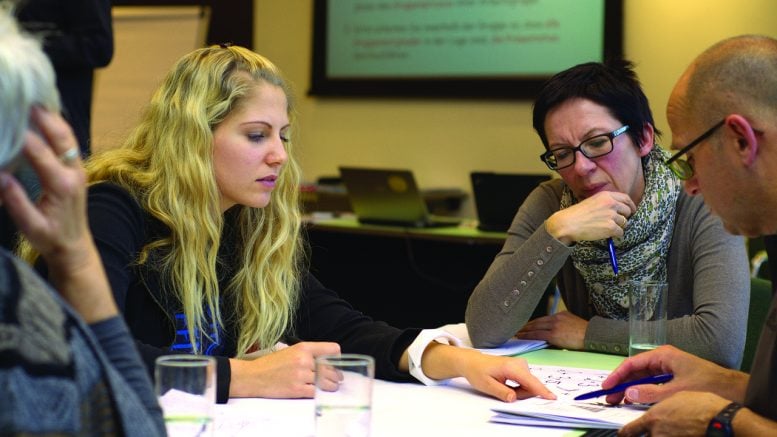According to the last NIH (National Institutes of Health) statement, accelerating COVID-19 Therapeutic Interventions and Vaccines (ACTIV) public-private partnership were developed a coordinated research strategy for prioritizing and speeding development of the most promising treatments and vaccines. This decision followed the US government’s Operation Warp Speed (OWS) start.
Operation Warp Speed
OWS or Operation Warp Speed is aims to deliver 300 million doses of a safe, effective vaccine for COVID-19 by January 2021, as part of a broader strategy to accelerate the development, manufacturing, and distribution of COVID-19 vaccines, therapeutics, and diagnostics (collectively known as countermeasures). By investing in and coordinating countermeasure development, OWS will allow countermeasures such as a vaccine to be delivered to patients more rapidly while adhering to standards for safety and efficacy. Congress has directed almost $10 billion to this effort through supplemental funding, including the CARES Act. Congress has also appropriated other flexible funding. The almost $10 billion specifically directed includes more than $6.5 billion designated for countermeasure development through BARDA and $3 billion for NIH research.
Through the ACTIV initiative, NIH is pursuing four fast-track focus areas ripest for opportunity:
- To develop a collaborative, streamlined forum to identify preclinical treatments.
- To accelerate clinical testing of the most promising vaccines and treatments.
- To improve clinical trial capacity and effectiveness.
- To accelerate the evaluation of vaccine candidates to enable rapid authorization or approval.
OWS’ Briefing
At the last OWS’ briefing August 13, Paul Mango, deputy chief of staff for policy at the Department of Health and Human Services (HHS), summarized all investments that US government did:
- $2 billion investment for the advanced development – clinical trials and manufacturing – of Sanofi and GlaxoSmithKline (GSK)’s investigational vaccine, which is a protein-based technology.
- $1 billion investment towards large-scale manufacturing and delivery of Johnson & Johnson’s investigational vaccine candidate that uses viral vector technology modeled after Johnson & Johnson’s Ebola vaccine.
- $1.5 billion for 100 million doses of Moderna’s messenger RNA vaccine, which was developed in collaboration with NIH. This investment also includes the option to purchase up to 400 million more doses of the vaccine.
- $204 million to Corning to expand the domestic manufacturing capacity to produce an additional 164 million Valor Glass vials each year if needed.
- $143 million to SiO2 Materials Science to ramp up capacity to produce the company’s glass-coated plastic container, which can be used for drugs and vaccines.
- $138 million contract with ApiJect for more than 100 million prefilled syringes for distribution across the United States by year-end 2020
“Making up front investments in manufacturing and mitigating much of these financial risks for the companies is key to maximizing the probability that we’ll have a safe and effective vaccine to start distributing no later than January 2021,” Mango said.
Francis Collins, MD, PhD, director of the National Institutes of Health (NIH) told about the progress of vaccine creating. The Moderna RNA vaccine candidate was initially developed with NIH, and took 65 days to develop from initial design to initiate the phase 1 trial, “which is a world record by several months. But that was not because we cut corners, it’s because that particular technology makes it possible to do the front-end development as a vaccine much more quickly. At least 1 of these (candidate’s) will, by the end of this year, turn out to be safe and effective,” Collins said.





Be the first to comment on "Operation Warp Speed For COVID-19 Vaccine"